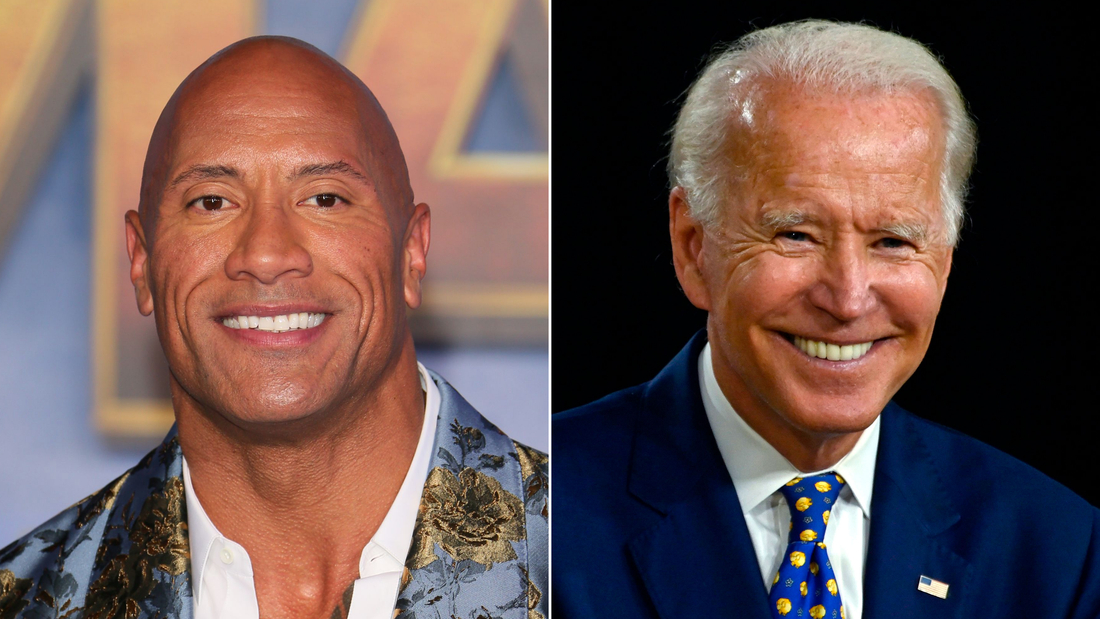(CNN)"I'll Be Gone in the Dark" isn't your usual, run-of-the-mill crime docu-series, which explains why it's a bit of a structural mess. Too drawn out at six parts, at its best it's a deeply personal ode to the late author and amateur crime sleuth Michelle McNamara, her dogged work to catch the Golden State Killer, and a sweetly told love story with comic Patton Oswalt.
McNamara's blog, "True Crime Diary," eventually became a lengthy Los Angeles magazine article and, finally, a book that shares the title of the docu-series. Yet that was published after her death in 2016, when she tragically died at age 46.
Produced by Liz Garbus and including Oswalt among its executive producers, the episodes bounce around dizzily: McNamara's fascination with the serial rapist who later became a murderer ("The great tragedy of this case to me is that it's not better known," she observes); the network of friends she developed among other "citizen detectives," a strange, eccentric subculture; and her courtship and marriage to Oswalt, bonding over bad movies.
The series flits from topic to topic, interviewing Oswalt, McNamara's family, crime-solving associates, retired detectives and victims of the man originally dubbed the East Area Rapist, whose capture -- after 50 rapes and a dozen killings in the 1970s and '80s -- provided posthumous validation of McNamara's crusade to identify him.
Along the way, the project exposes the era's attitudes about rape and sex crimes that impeded efforts to solve them -- including the blaming and shaming of victims.

McNamara's personality came out through in her writing (excerpts are read by actress Amy Ryan), and the docu-series conveys a similar personal touch. Still, it's more difficult to translate an author's digressions and asides into a TV format without feeling muddled -- as this intermittently does -- in terms of building a narrative.
Taken from something the killer said, "I'll Be Gone in the Dark" proves most effective in tackling McNamara's personal story, including how devastated Oswalt was to lose his wife and have to explain what happened to their young daughter.
"You can say you're through with grief all you want, but grief will let you know when it's done," he says.
There is also, more upliftingly, a sense of triumph in the arrest of then-72-year-old Joseph James DeAngelo, tracked down with the help of genetic DNA testing, prompting astonishment among McNamara's circle that this "pathetic old man" could be the monster that haunted investigators for all these years.
The project is certainly timely, with reports that DeAngelo will plead guilty to avoid the death penalty. The arc of the documentary, however, is a bit of a slog -- a drawback that also plagued HBO's multi-part "McMillions." Although the nature of those projects is quite different, both suggest that the practice of stretching true-crime tales over five or six hours merely demonstrates that not every documentary, even one this distinctive, can bear that weight.
There are affecting moments scattered throughout "I'll Be Gone in the Dark." The best way to watch it, though, might be to record the whole thing and zap through certain parts -- doing the editing, essentially, that the filmmakers didn't.
"I'll Be Gone in the Dark" premieres June 28 at 10 p.m. on HBO. Like CNN, HBO is a unit of WarnerMedia.

 5 years ago
854
5 years ago
854 

